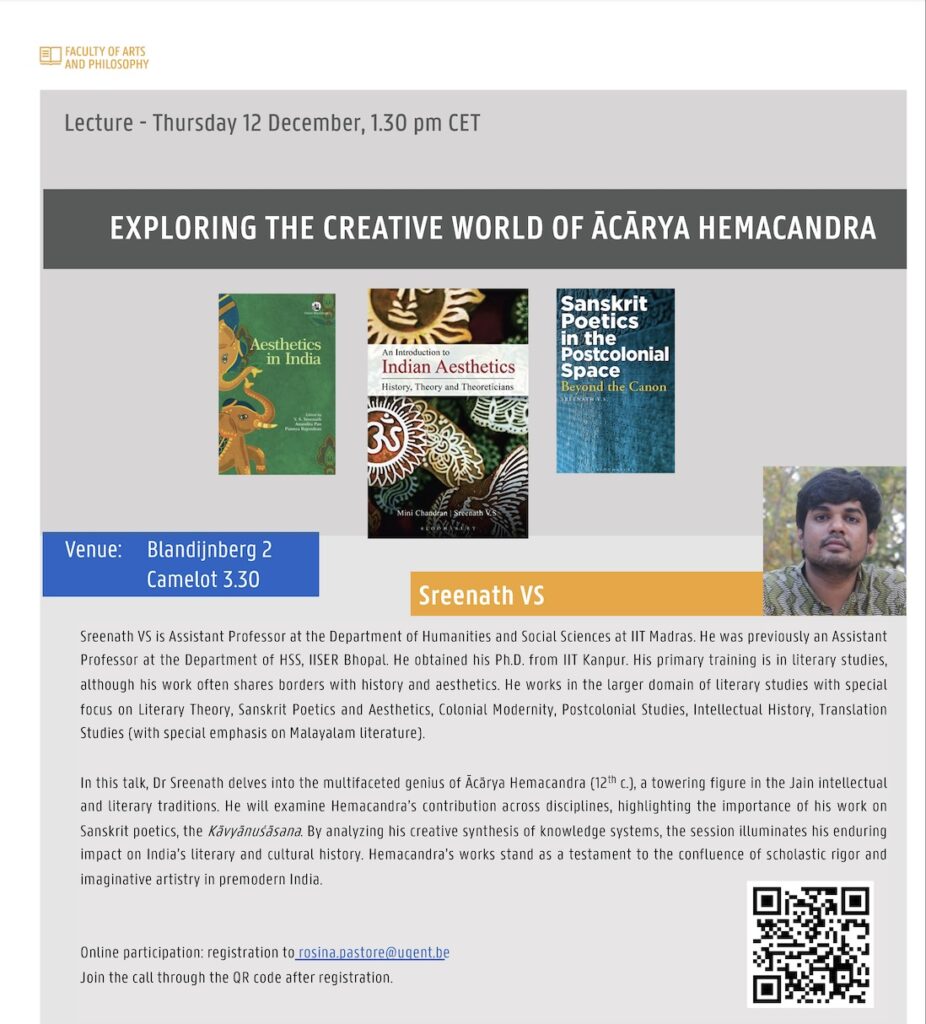On 18 June 2025, the Ghent Centre for South Asian Studies (GCSAS) and the Ghent Centre for Buddhist Studies (GCBS) will co-host a lecture by Dr Stefan Baums (University of Munich) titled “Gāndhārī Manuscripts and Inscriptions: Maintaining and Analyzing a Comprehensive Corpus”.
This event is part of The Gandhāra Corpora Project Lecture Series. All are welcome: The Gandhāra Corpora Lecture Series is in-person and hybrid online.
Time & venue
- Tuesday, 18 June 2025, 17:00 (5pm) CET
- Location: Faculteitszaal, Faculteit Letteren en Wijsbegeerte, Blandijnberg 2, 9000 Gent
- To attend remotely, please register through this Google Form: https://forms.gle/TwffQCPuVipUpMvk6
Abstract
Gandhāra is known not only for its unique material culture, representing a confluence of Hellenistic and South Asian elements, but also for the wealth of ancient inscriptions and manuscripts in the local Gāndhārī language and Kharoṣṭhī script that it produced and preserved for us. Many of the inscriptions are from Buddhist contexts, including a large number of donative records, and some contain valuable historical information about the population and rulers of Gandhāra through history. Most ancient manuscripts from Gandhāra have come to light only in the last thirty years, and are the subject of intense ongoing research. They are the oldest Buddhist and the oldest South Asian manuscripts preserved, and very close to the beginning of written literature in South Asia. Beyond Gandhāra itself, Gāndharī manuscripts and inscriptions were produced far into the Indian subcontinent, up to Bamiyan in the west, in the kingdoms of Khotan, Krorayina, and Kucha along the Silk Roads, and among expatriate Buddhist communities in China. The Gāndhārī documentary corpus thus tells the story of the export of a writing culture, of its texts, and of the ideas that they conveyed across large parts of Asia, and is of unique interest for the historiography of Buddhism and Asian civilization. It is also a very diverse corpus, produced over more than five hundred years, comprising many different document types, and written in a broad range of scribal hands, orthographies, and dialects ranging from Middle Indian to Sanskrit. Beginning in 2002, Andrew Glass and the present speaker have been compiling a text-image corpus of all Gāndhārī documents on the website Gandhari.org, currently numbering 2,858 items and continually updated. In addition to presenting the documents in both their material and textual aspects, they catalog and analyze them in various ways, including the a dictionary of the Gāndhārī language, currently numbering 10,125 articles and firmly establishing Gāndhārī as one of the major languages of Buddhism and modern Buddhist scholarship. This lecture will introduce the corpus of Gāndhārī documents from Gandhāra and beyond, discuss the particular challenges that their study individually and as a whole presents, the solutions that have been adopted, and some discoveries made along the way.
Bio
Stefan Baums teaches at the Institute for Indology and Tibetology of the University of Munich and serves as lead researcher of the Buddhist Manuscripts from Gandhāra project at the Bavarian Academy of Sciences and Humanities. Before joining the University of Munich, he held positions at the University of Copenhagen, the University of Washington, the University of California, Berkeley, and Leiden University. His research interests include Buddhist philology and epigraphy, classical Sanskrit court literature, the development of Buddhist hermeneutics, and the description of Gāndhārī language and literature. His current work focuses on the decipherment and edition of four Gāndhārī manuscripts containing commentaries on early Buddhist verses and the Saṃgītisūtra and a study of the historical connections and exegetical principles of this group of texts. He is editor of the Dictionary of Gāndhārī, co-editor of the Gandhāran Buddhist Texts series, academic lead of the Research Environment for Ancient Documents (READ) software development project, and epigraphist for the Italian Archeological Mission in Pakistan.
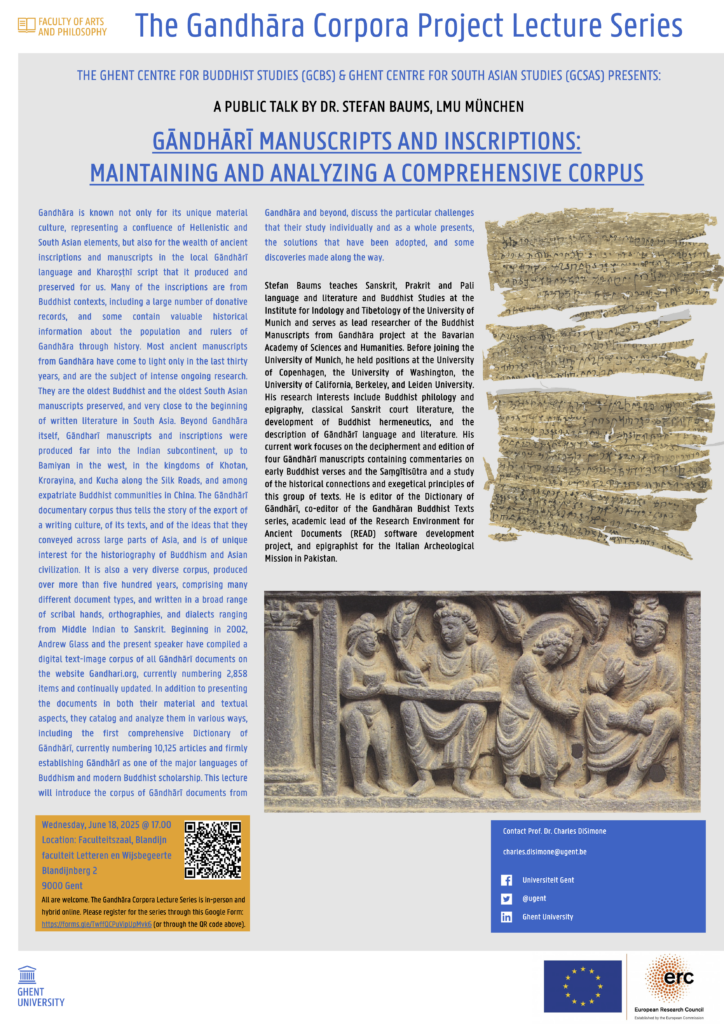
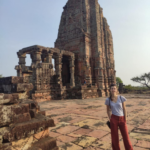 This project will study the literary expression and socio-aesthetic role of Apabhramsha within the multilingual literary landscape of 10th-century Malkhed, South India. This period marks a turning point in the history of Apabhramsha and of Indian literature. Apabhramsha literature was at its height with the writing of the Jain author Puṣpadanta (10th c.), but after the sacking of Malkhed in 972 CE, it disappeared from South India, confining writing in the classical triad of languages (Sanskrit, Prakrit, and Apabhramsha) to North-India. Although scholars recognise the significance of this moment and of Puṣpadanta’s poetic excellence, his works or the role of Apabhramsha as a literary idiom have not been studied seriously. This project will address this gap by (1) characterising the socio-aesthetic qualities of Puṣpadanta’s Apabhramsha; (2) comparing these with those of other literary languages prevalent in 10th-century Malkhed; (3) analysing the religio-political complex at that time and its potential impact on Apabhramsha’s South-Indian demise; and (4) assessing the legacy of Puṣpadanta in North-India. I will apply methods of classical and digital philology on poetic texts, inscriptions, and manuscript colophons to achieve this. The project’s results will contribute to our understanding of the shift to the vernacular in South India, and of the influence of Apabhramsha on India’s literary history, stimulating new research on this understudied language.
This project will study the literary expression and socio-aesthetic role of Apabhramsha within the multilingual literary landscape of 10th-century Malkhed, South India. This period marks a turning point in the history of Apabhramsha and of Indian literature. Apabhramsha literature was at its height with the writing of the Jain author Puṣpadanta (10th c.), but after the sacking of Malkhed in 972 CE, it disappeared from South India, confining writing in the classical triad of languages (Sanskrit, Prakrit, and Apabhramsha) to North-India. Although scholars recognise the significance of this moment and of Puṣpadanta’s poetic excellence, his works or the role of Apabhramsha as a literary idiom have not been studied seriously. This project will address this gap by (1) characterising the socio-aesthetic qualities of Puṣpadanta’s Apabhramsha; (2) comparing these with those of other literary languages prevalent in 10th-century Malkhed; (3) analysing the religio-political complex at that time and its potential impact on Apabhramsha’s South-Indian demise; and (4) assessing the legacy of Puṣpadanta in North-India. I will apply methods of classical and digital philology on poetic texts, inscriptions, and manuscript colophons to achieve this. The project’s results will contribute to our understanding of the shift to the vernacular in South India, and of the influence of Apabhramsha on India’s literary history, stimulating new research on this understudied language.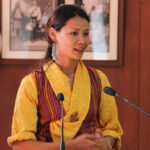 This project examines the intersection of local religious practices, environmental policies, and waste management in Sikkim, with a particular emphasis on the influence of Buddhist rituals and beliefs on the community’s approach to sustainability. Despite its relatively small geographic size, Sikkim has emerged as a leader in environmental initiatives, including the prohibition of plastic and the promotion of eco-friendly practices. However, traditional rituals, such as the tying of prayer flags and the use of synthetic materials in religious offerings, pose significant challenges to environmental conservation. This research investigates the roles of local deities, vernacular Buddhist practices, and monastic institutions in waste management, analyzing how religious concepts are integrated into environmental policies. Utilizing ethnographic fieldwork, interviews, and archival research, this study will explore how communities navigate the complexities of modernization and tradition, thereby contributing to academic discussions on waste, religion, and sustainability in the Himalayas. The project aims to produce scholarly articles, presentations, and public outreach materials, thereby fostering both academic and social engagement.
This project examines the intersection of local religious practices, environmental policies, and waste management in Sikkim, with a particular emphasis on the influence of Buddhist rituals and beliefs on the community’s approach to sustainability. Despite its relatively small geographic size, Sikkim has emerged as a leader in environmental initiatives, including the prohibition of plastic and the promotion of eco-friendly practices. However, traditional rituals, such as the tying of prayer flags and the use of synthetic materials in religious offerings, pose significant challenges to environmental conservation. This research investigates the roles of local deities, vernacular Buddhist practices, and monastic institutions in waste management, analyzing how religious concepts are integrated into environmental policies. Utilizing ethnographic fieldwork, interviews, and archival research, this study will explore how communities navigate the complexities of modernization and tradition, thereby contributing to academic discussions on waste, religion, and sustainability in the Himalayas. The project aims to produce scholarly articles, presentations, and public outreach materials, thereby fostering both academic and social engagement.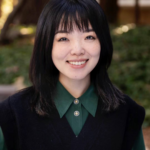 This research project investigates the technical and pedagogical practices of medieval Chinese Buddhism by focusing on exegetical diagrams preserved in Dunhuang from the 8th to 10th centuries. Known both as fenmen tu 分門圖 (“diagram of gate-division”) and kewen 科文 (“text of analytical division”), these diagrams exemplify the liminal nature of this unique genre, which bridges the boundaries between image and text. Flourishing in medieval China and persisting into modern Buddhist practice, these diagrams provide critical insights into the epistemological foundations of Chinese Buddhist scholasticism. The study addresses three key questions: (1) What are the defining features and functions of these diagrams, and how do they facilitate knowledge organization? (2) How were they produced, transmitted, and utilized in their manuscript contexts, and what do these practices reveal about their pedagogical roles? (3) What do these diagrams disclose about the social and institutional networks of their producers and users? The project also situates Buddhist exegetical diagrams within the broader Chinese tu 圖 tradition, comparing them with diagrams from non-Buddhist traditions to analyze their divergences as scholastic tools. By exploring these diagrams as technical devices for knowledge transmission, this research shifts scholarly focus from doctrinal content to the technical savoir-faire underpinning intellectual traditions.
This research project investigates the technical and pedagogical practices of medieval Chinese Buddhism by focusing on exegetical diagrams preserved in Dunhuang from the 8th to 10th centuries. Known both as fenmen tu 分門圖 (“diagram of gate-division”) and kewen 科文 (“text of analytical division”), these diagrams exemplify the liminal nature of this unique genre, which bridges the boundaries between image and text. Flourishing in medieval China and persisting into modern Buddhist practice, these diagrams provide critical insights into the epistemological foundations of Chinese Buddhist scholasticism. The study addresses three key questions: (1) What are the defining features and functions of these diagrams, and how do they facilitate knowledge organization? (2) How were they produced, transmitted, and utilized in their manuscript contexts, and what do these practices reveal about their pedagogical roles? (3) What do these diagrams disclose about the social and institutional networks of their producers and users? The project also situates Buddhist exegetical diagrams within the broader Chinese tu 圖 tradition, comparing them with diagrams from non-Buddhist traditions to analyze their divergences as scholastic tools. By exploring these diagrams as technical devices for knowledge transmission, this research shifts scholarly focus from doctrinal content to the technical savoir-faire underpinning intellectual traditions.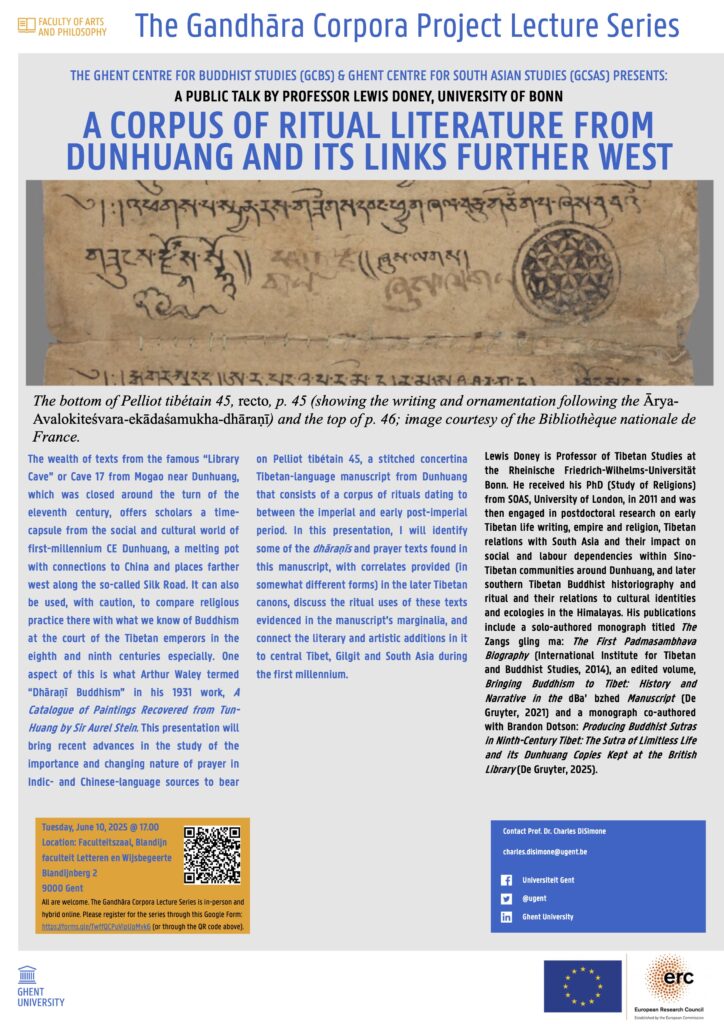
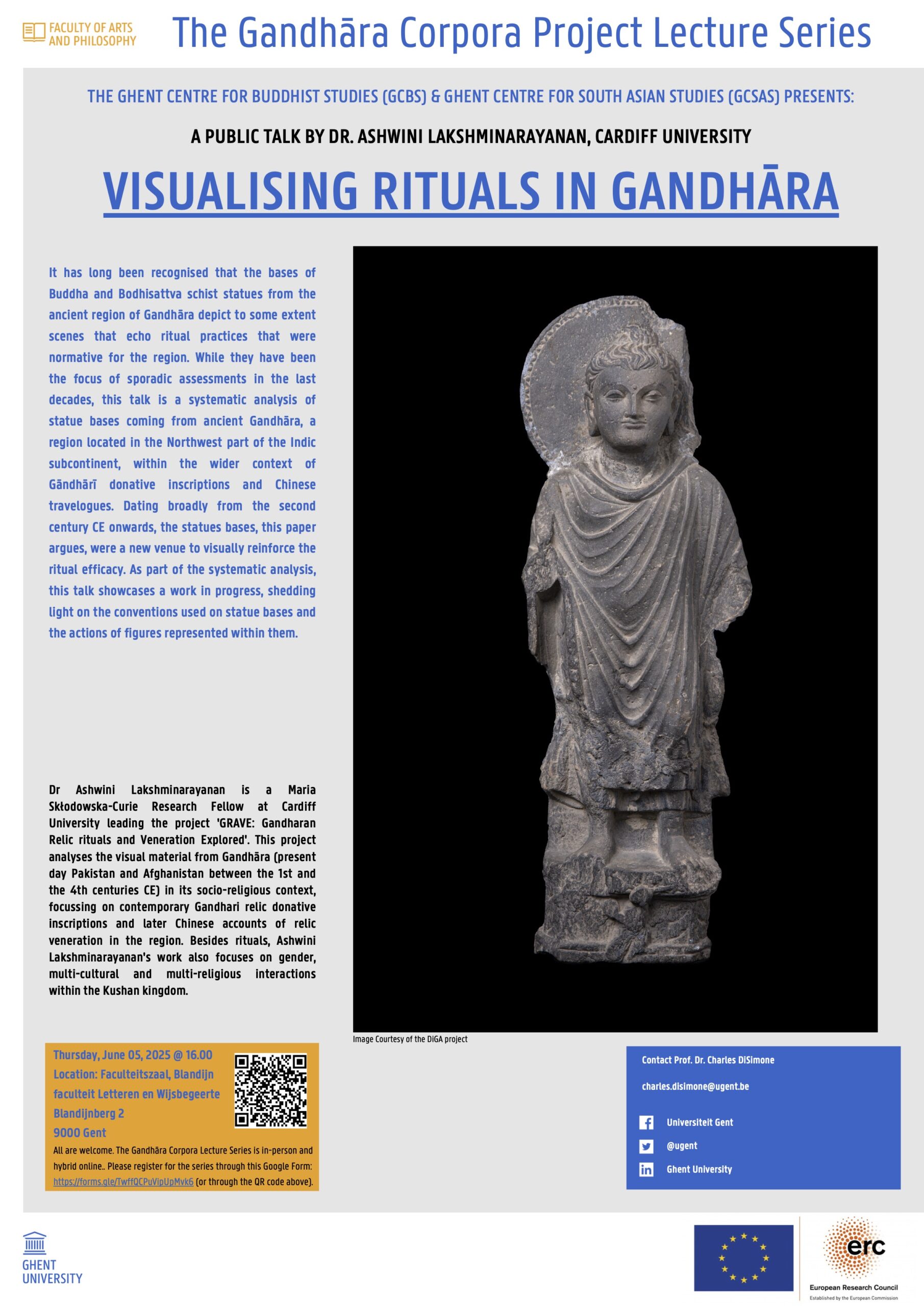

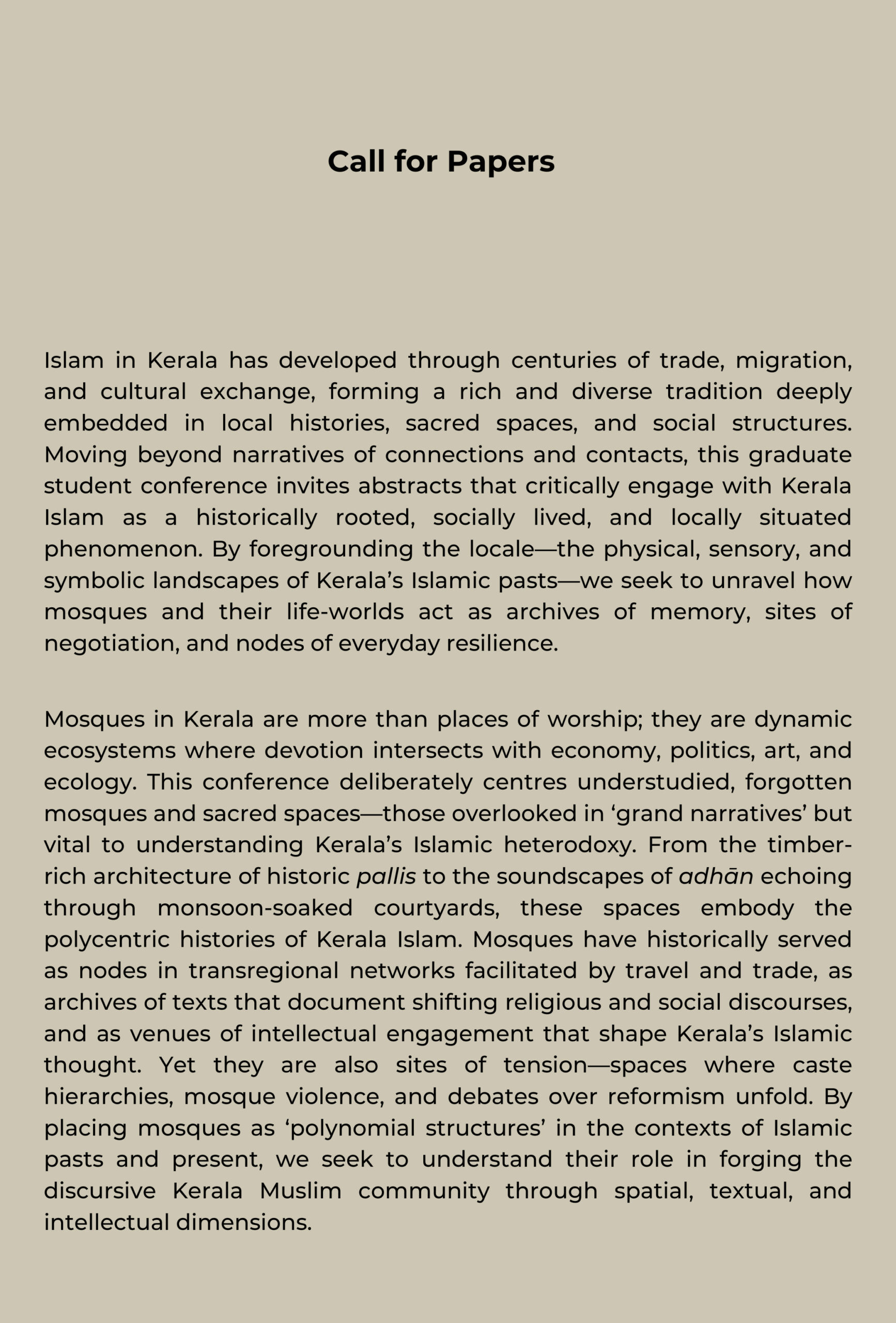
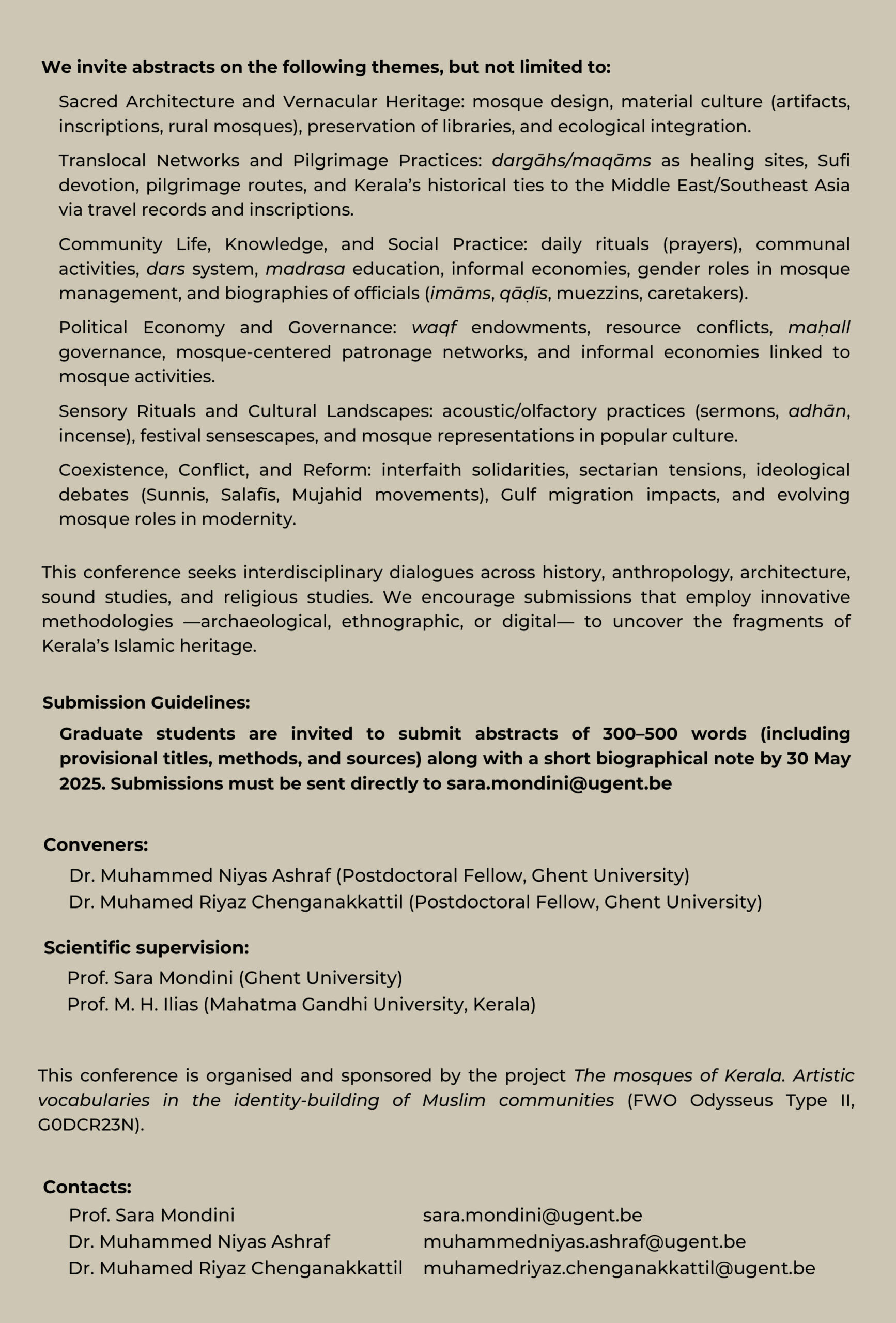
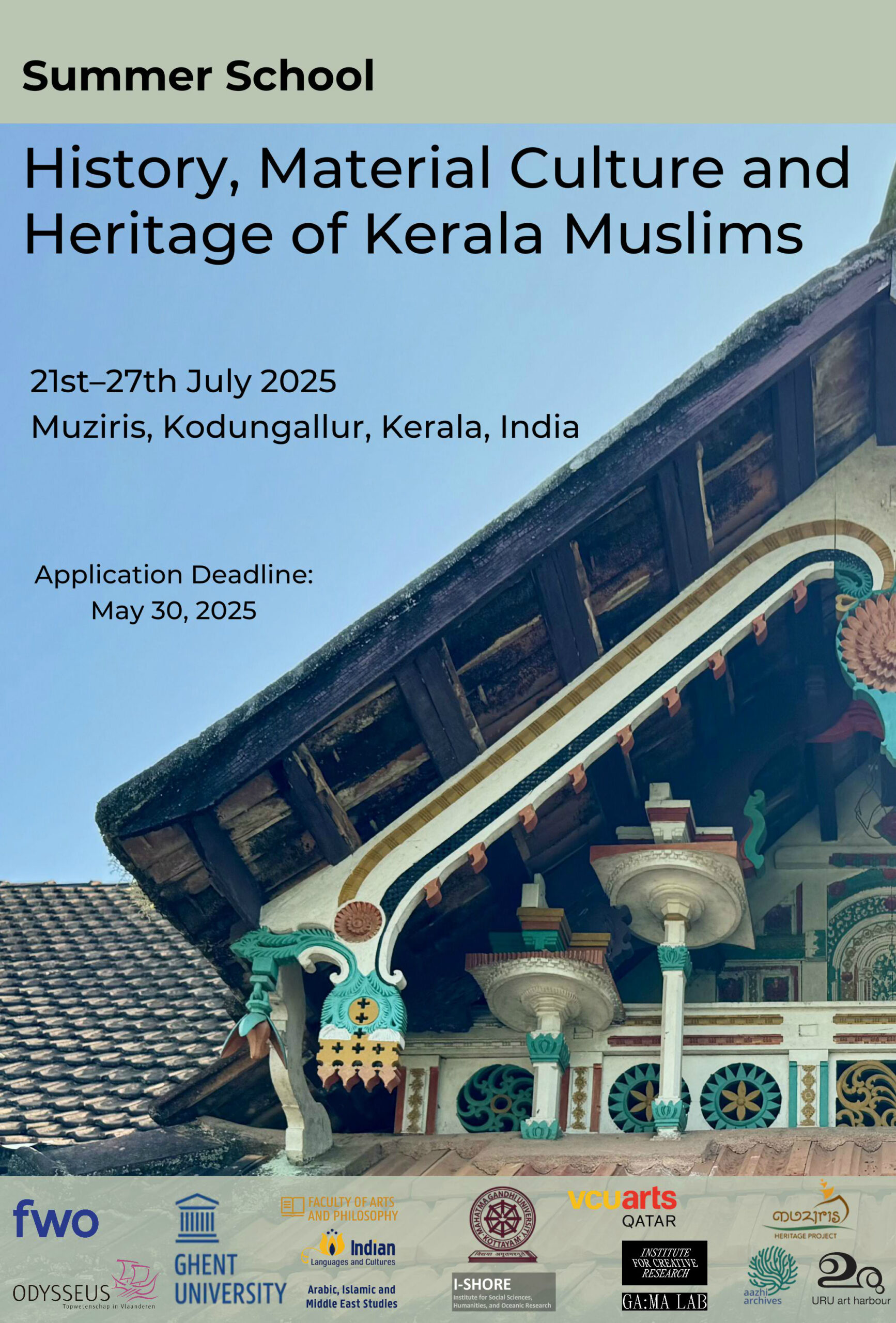
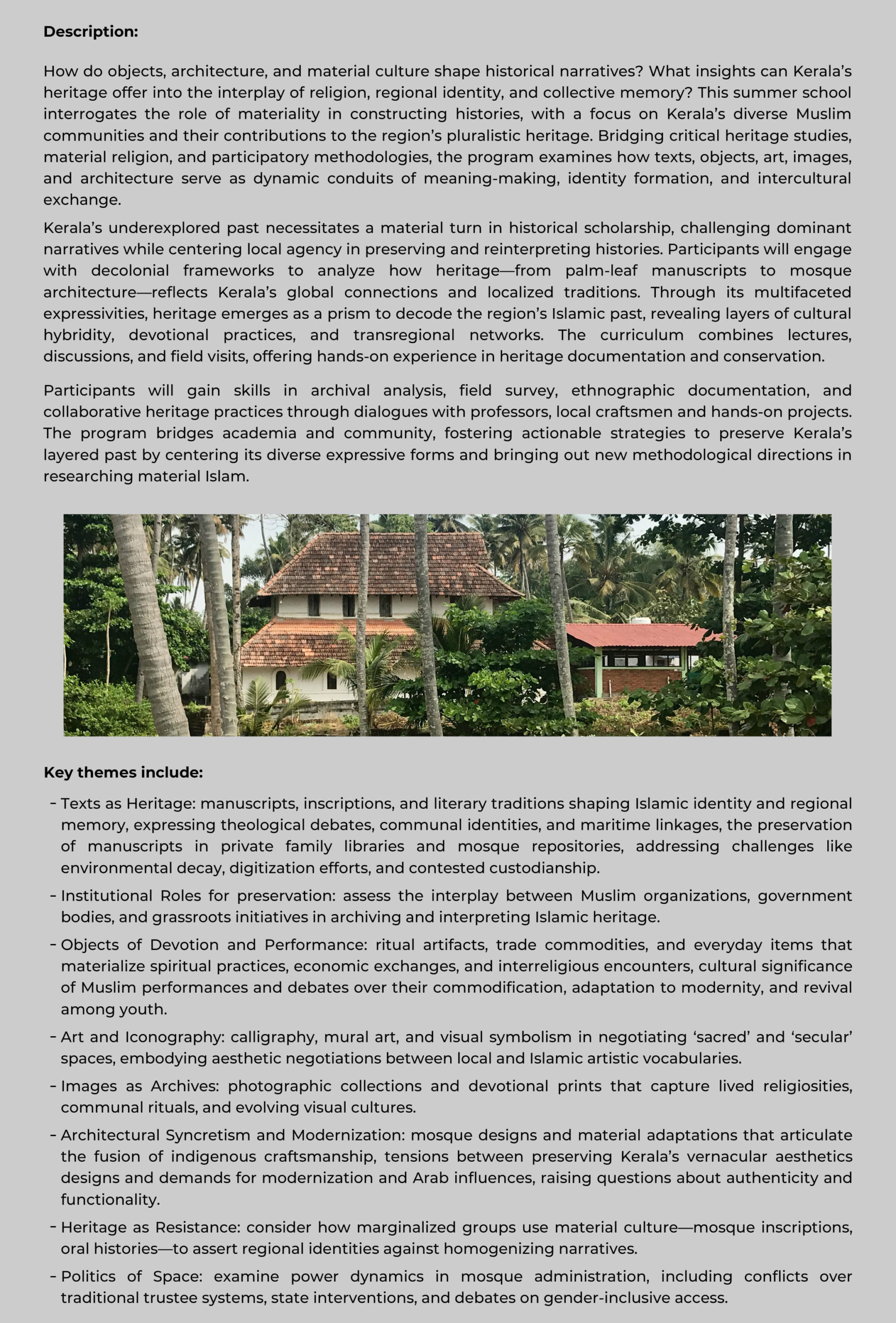
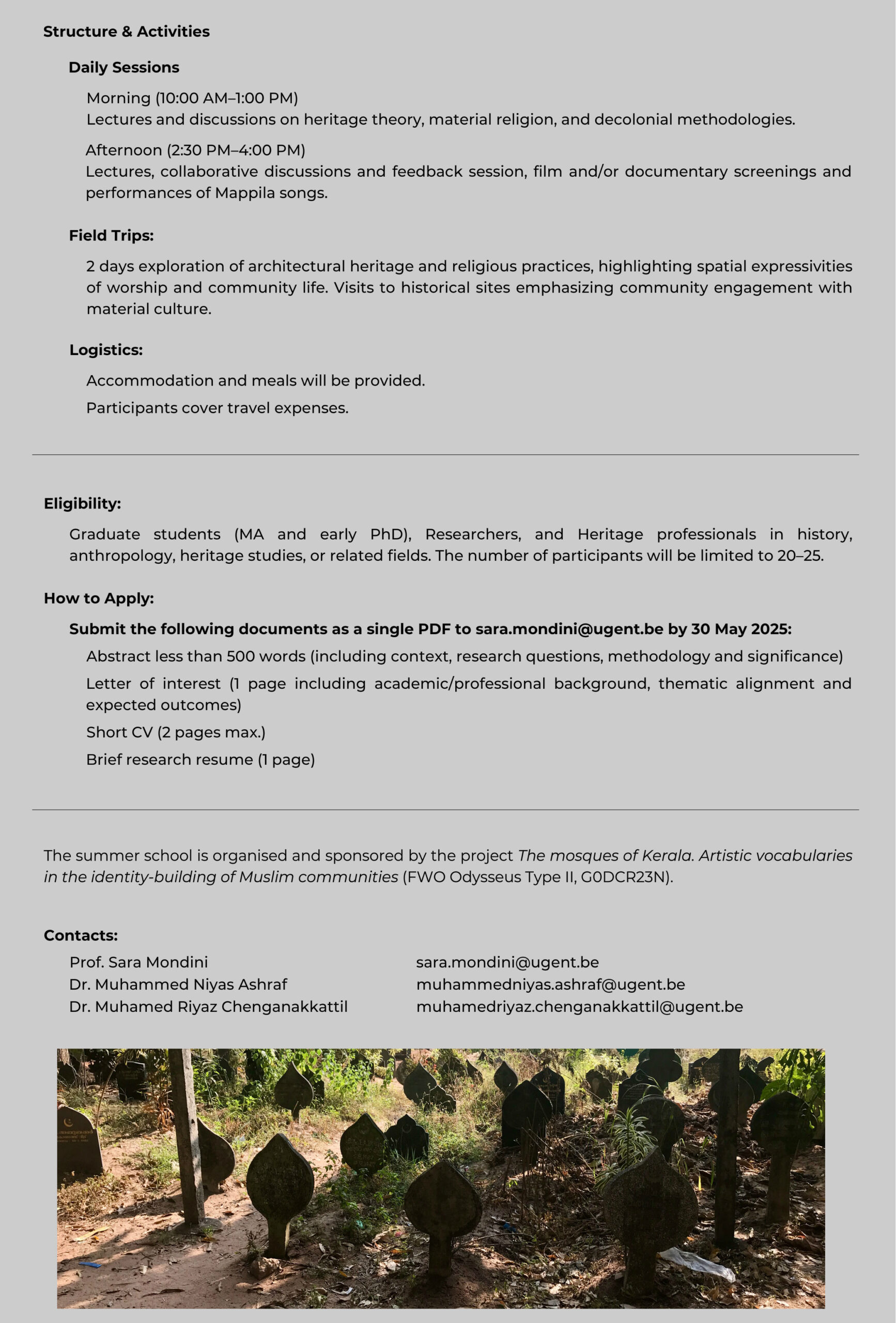
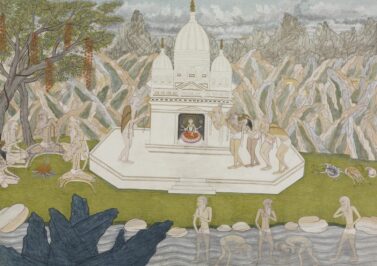
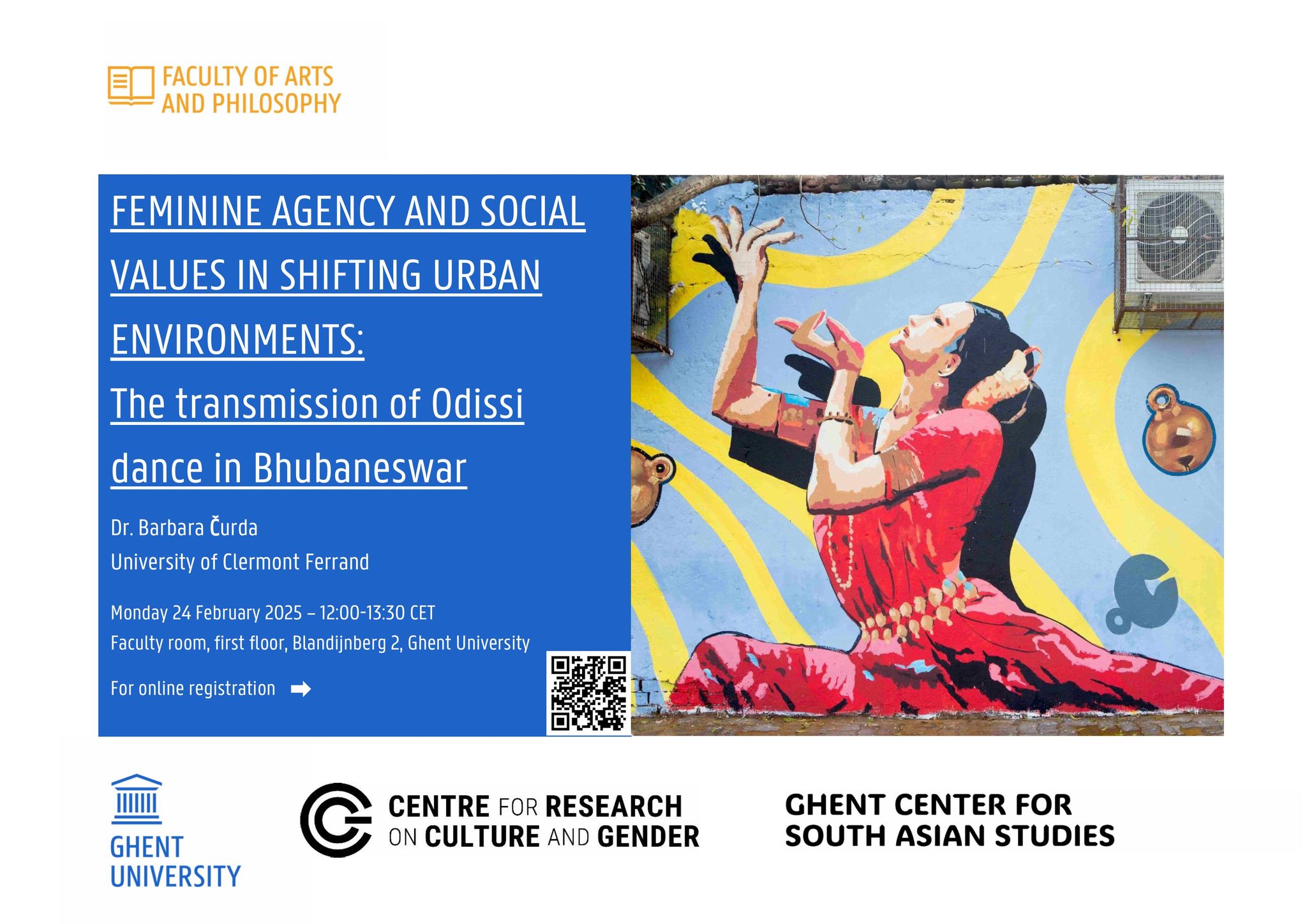
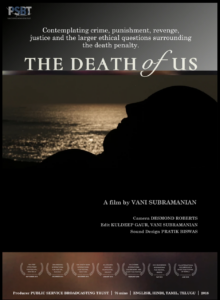 The Ghent Centre for South Asian Studies has organised a film screening of ‘The Death of Us’, a documentary on the death penalty in India, followed by a Q&A conversation with the filmmaker Vani Subramanian.
The Ghent Centre for South Asian Studies has organised a film screening of ‘The Death of Us’, a documentary on the death penalty in India, followed by a Q&A conversation with the filmmaker Vani Subramanian.